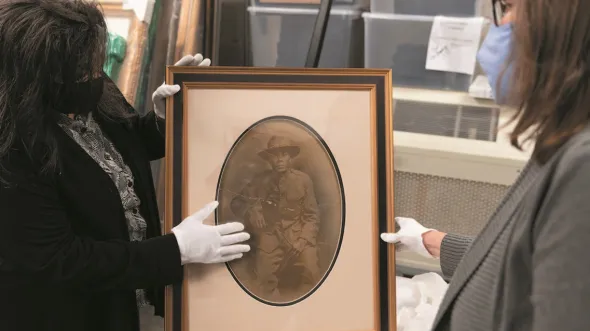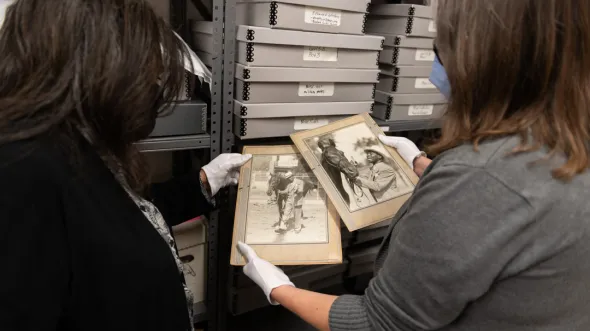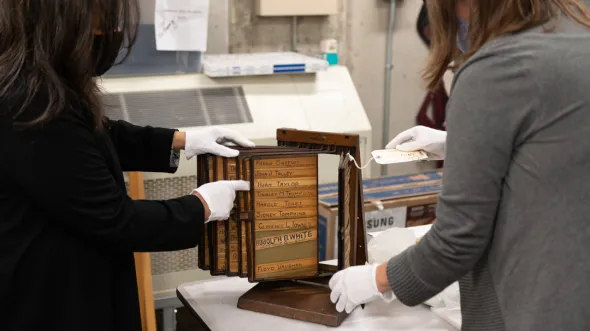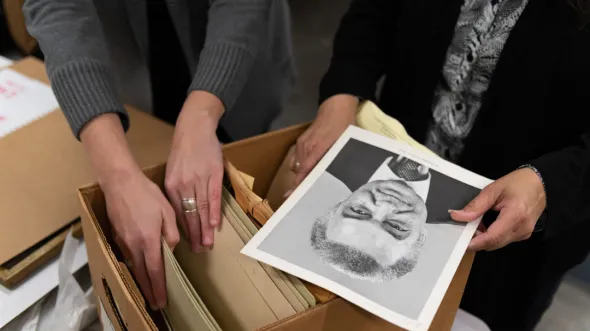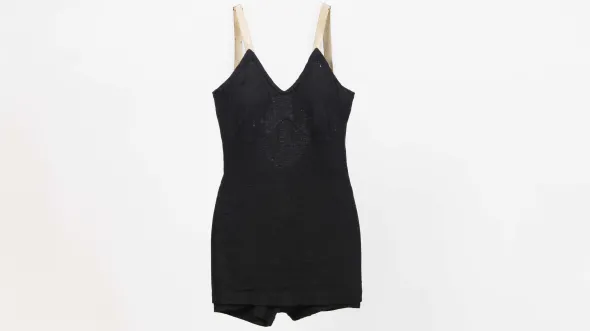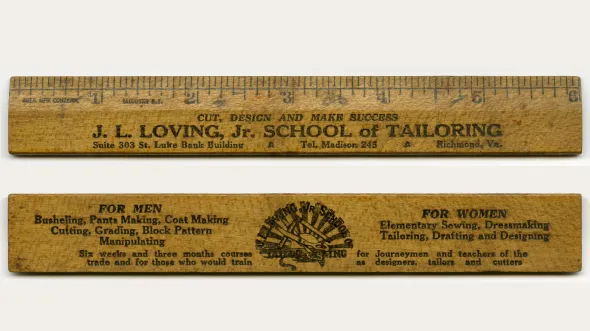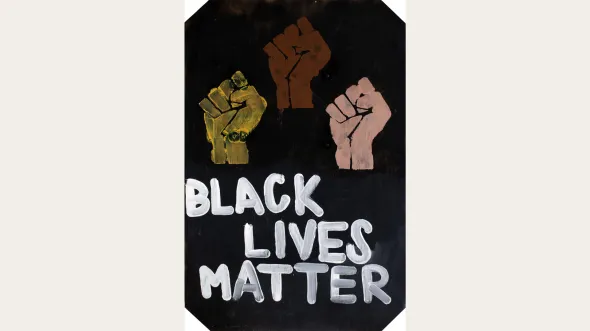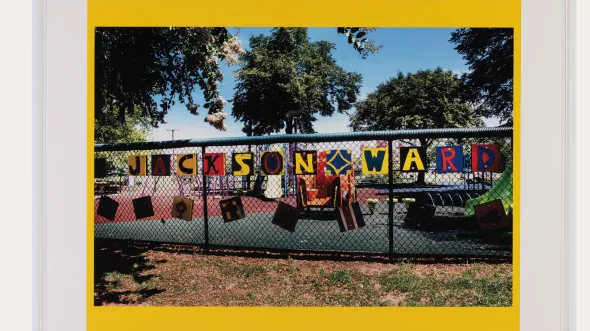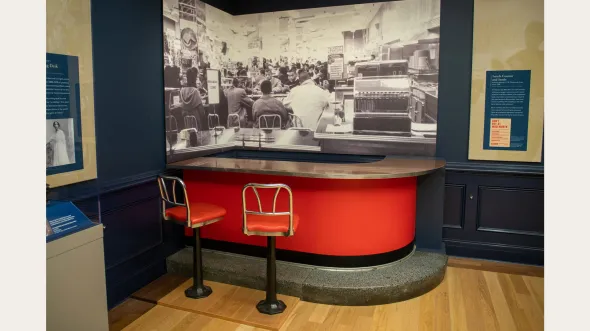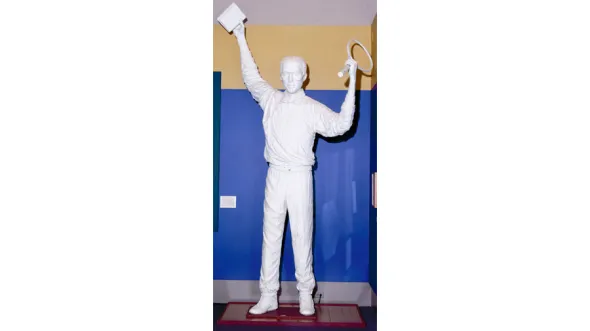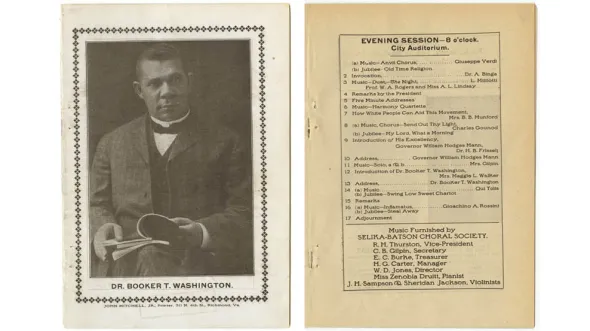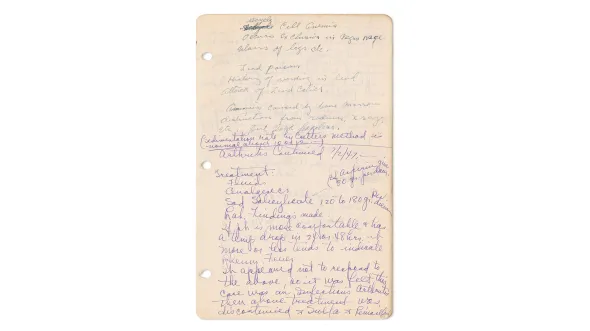About the Partnership: In 2019, the VMHC and the Black History Museum & Cultural Center of Virginia (BHMVA) embarked on a long-term collections-sharing partnership to catalog, digitize, and make publicly accessible historic images, manuscripts, books, oral histories, and 3D artifacts that illuminate the Black experience in Virginia from emancipation to today This unique collaboration provides the opportunity to better serve the Commonwealth and beyond by prioritizing collections growth and preservation, as well as expanded public engagement – particularly with underserved audiences – through artifacts and stories. Browse below for related resources from this partnership.
BHMVA & VMHC: A Partnership for the Community
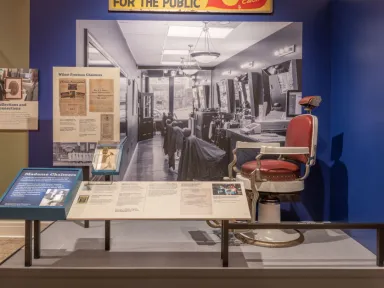
Exhibition: Partners in History
In 2019, the VMHC and the Black History Museum and Cultural Center of Virginia (BHMVA) began a long-term partnership to share collections and resources to connect more people to the story of Virginia. The Partners in History exhibition explores how two historical organizations can collaborate to offer a more complete understanding of our past as a source of inspiration for the future.
Programs & Resources

Curators At Work: Paving the Way
VMHC curators Brittany Hutchinson and Paige Newman discuss the lives and experiences of John Mitchell, Jr., Irene Morgan, Pauli Murray, and Bruce Boynton as they challenged transportation segregation in Virginia while simultaneously dismantling anti-Blackness in America’s social landscape.
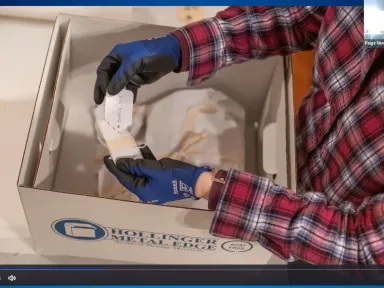
Curator Conversations: Partners in History
VMHC Curator L. Paige Newman and Mary C. Lauderdale, Director of Collections at The Black History Museum & Cultural Center of Virginia, discuss our exciting museum partnership and highlight artifacts of note.
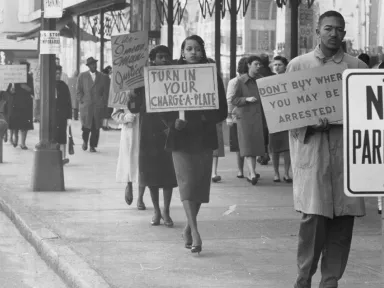
Curators at Work: Thalhimers & Richmond 34
Elizabeth Johnson Rice and Elizabeth Thalhimer Smartt discuss the history-making work of the Richmond 34, a group of Virginia Union University students arrested during a sit-in at the Thalhimers department store lunch counter in 1960.
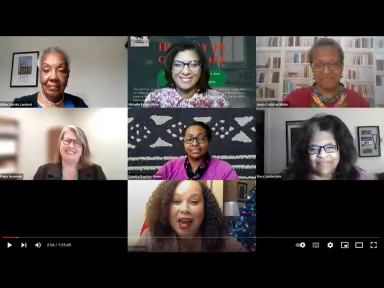
History in Our Homes
This livestreamed program features a panel discussion about how to identify the history and important stories that can often be found in your own attic, basement, and trunk. Panelists advise on how to preserve and care for these treasures, as well as the process that museums use to collect objects and family papers in order to safeguard them for future generations.
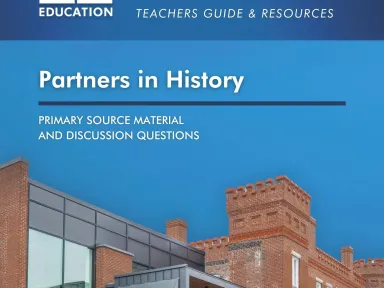
Collections in the Classroom: Partners in History
Recommended for grades 4 and above, this packet explores items from both collections, in order to understand ideas of community and how two organizations can work together to offer a more complete understanding of our past as a source of inspiration for the future.
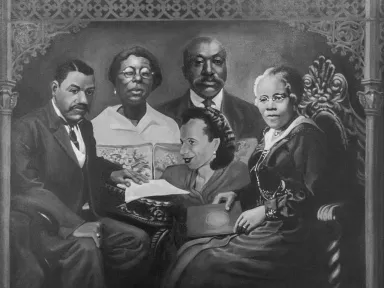
HistoryConnects: Remarkable Black Virginians
In this student webinar, explore the Black experience in Virginia through BHMVA & VMHC collections, learn the little-known facts about well-known Black Virginians like Oliver Hill, and explore stories of lesser-known individuals like Virginia Randolph.

